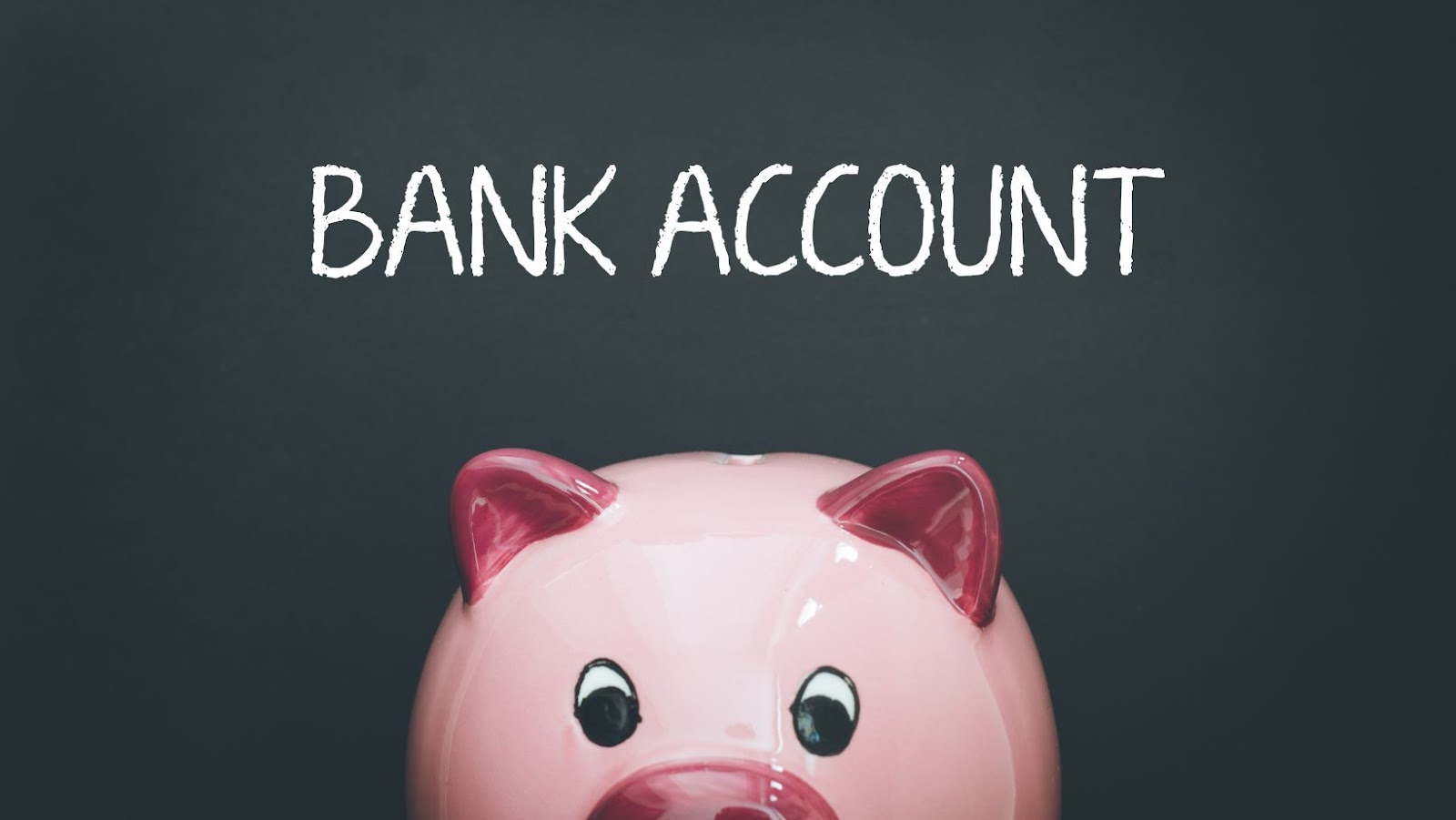When it comes to saving money, there are many options available, including putting your money into a savings account. However, you may be wondering how many savings accounts you can have. The answer is simple: there’s no limit to how many savings accounts you can have.
Having multiple savings accounts can be beneficial for a variety of reasons. For instance, if you have specific savings goals, such as saving for a down payment on a house, a new car, or a vacation, you can create separate accounts for each objective and track your progress more easily. Additionally, having multiple accounts can help you stay organized and ensure that you’re not dipping into your emergency fund or other savings when you don’t need to.
It’s worth noting that while there’s no limit to how many savings accounts you can have, it’s important to choose accounts that offer competitive interest rates and minimal fees. Be sure to shop around and compare options to find the accounts that are right for you and your financial goals.
How Many Savings Accounts Can You Have?
If you’re interested in opening a savings account, you might have questions about how many accounts you can have. The good news is that there’s no limit to the number of savings accounts you can have, meaning you can open as many as you need or want.
Here are a few reasons why you might want to consider having multiple savings accounts:
- To reach different savings goals: Having multiple savings accounts can help you allocate your savings funds to different goals more easily. For example, you might have a separate account for emergency savings, a down payment on a home, a new car, or vacation.
- To earn more interest: While interest rates on savings accounts are historically low, having multiple savings accounts can help you earn more interest by accessing the rates offered by different banks or credit unions.
- To improve budgeting: Separating your savings into different accounts can make budgeting and tracking your progress towards your financial goals easier. You’ll be able to see exactly how much money you have saved for each specific goal.

There are a few things to keep in mind, however, if you do choose to open multiple savings accounts:
- Fees: Be sure to check the fees associated with each account, particularly if you’re opening accounts with different banks or credit unions. Some accounts may charge monthly maintenance fees or require a minimum balance to avoid fees.
- FDIC-insured: Make sure that each account is FDIC-insured or NCUA-insured (for credit union accounts) up to the legally allowable amount. This ensures that your money is protected in case the bank or credit union fails.
- Organization: Keep track of your different accounts to avoid confusion. Consider using different account names or numbers based on their specific purposes to make it easier to identify which savings account to use for each goal.
In conclusion, there’s no limit to the number of savings accounts you can have. Having multiple accounts can help you reach your financial goals more easily, earn more interest, and improve your budgeting. Just be sure to keep an eye on fees, ensure that each account is FDIC-insured or NCUA-insured, and organize your accounts to avoid confusion.
Benefits of Having Multiple Savings Accounts
Having multiple savings accounts can be a great strategy for managing your money more efficiently. Here are some benefits of having multiple savings accounts that you should consider:
- Better organization. When you have multiple savings accounts, you can allocate your money to different goals and expenses, such as emergency funds, vacations, down payments, and children’s education. This can help you stay focused on your financial objectives and avoid using your savings for unintended purposes.
- Higher interest rates. By opening savings accounts at different banks or credit unions, you can compare and choose the institutions that offer the best interest rates and terms. This can earn you more money in the long run and build your wealth faster.
- Lower fees. Some savings accounts charge fees for maintenance, withdrawals, transfers, or overdrafts. By diversifying your savings across multiple accounts, you can avoid or minimize these fees and save more money.
- Greater flexibility. With multiple savings accounts, you can adjust the amounts and frequency of your deposits and withdrawals based on your changing needs and priorities. For instance, you can pause or increase your contributions to some accounts while keeping others constant, or you can withdraw money from one account without affecting the others.
- Reduced risks. Keeping all your savings in one account or institution can expose you to some risks, such as fraud, identity theft, errors, or frozen funds. By spreading your savings across multiple accounts, you can mitigate these risks and ensure that you have access to your money when you need it.
Overall, having multiple savings accounts can be a smart and simple way to manage your finances and achieve your goals. However, you should consider the fees, minimum balances, and other requirements of each account before opening and maintaining them. You should also regularly review and adjust your savings plan to reflect your changing circumstances and priorities. With the right strategy and discipline, you can maximize your savings potential and enjoy a more secure and fulfilling financial life.

Factors to Consider When Opening Multiple Savings Accounts
When it comes to managing your money effectively, having more than one savings account can certainly be very useful. However, before opening multiple savings accounts, there are several factors you should consider to ensure it makes sense for your financial situation.
Here are some key things to keep in mind:
- Interest rates and fees: Before opening additional savings accounts, make sure you compare the interest rates and fees available from different banks and account types. Also, consider any minimum balance requirements and other rules that could affect how much you earn in interest or what fees you may incur.
- Account goals: Think about what each savings account is for and whether it aligns with your overall financial goals. For instance, you may want one account for emergencies, another for a particular savings goal like a down payment on a house, and another for travel. Each account’s interest rate and features should support its purpose.
- Organization: Opening multiple savings accounts can certainly help you keep your money organized and separate. However, it’s important to make sure you have a system in place to keep track of each account and ensure you don’t accidentally mix up your funds.
- The big picture: It’s always important to look at the big picture when making financial decisions. Make sure opening multiple savings accounts won’t undermine other aspects of your finances or your financial goals. For example, if you’re carrying high-interest credit card debt, it may be wise to pay that off before opening additional savings accounts.
In conclusion, having multiple savings accounts can be a smart way to manage your finances – as long as you weigh the pros and cons and make the right choices for your goals and situation. Keep these factors in mind as you decide how to allocate your savings and choose the accounts that will best serve your needs.

Conclusion
In conclusion, when it comes to saving money, having multiple savings accounts can provide a great benefit. By separating out your savings goals and keeping track of them in individual accounts, you are more likely to achieve your financial objectives.
Additionally, having multiple savings accounts can allow you to take advantage of different interest rates and promotional offers from various banks. This can help you earn more money on your savings over time.
While there is no set limit on the number of savings accounts you can have, it’s important to keep in mind that managing multiple accounts can require more effort and organization. Therefore, you should consider your own personal financial situation and needs when deciding how many savings accounts to open.
In summary, having multiple savings accounts can be a smart financial move, but it’s important to weigh the benefits against any potential drawbacks. By doing so, you can make an informed decision about how many savings accounts to open and how to best manage them to reach your financial goals.



